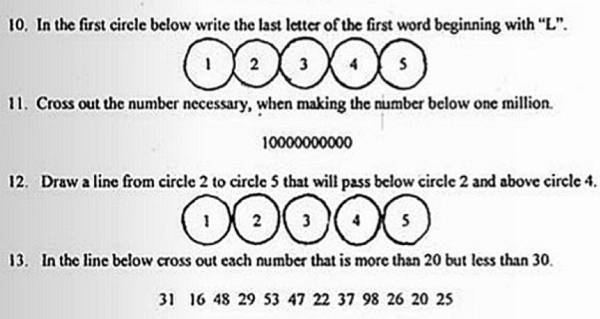For our final meeting as a class, we had a round-table discussion about the subjects we learned about. I was surprised by the length of the discussion; I had assumed it'd be only a little over an hour, but we talked for about two and a half hours.
Our first topic of discussion was about what this era in the present day(in the context of Civil rights) should be called. I ended up changing what I thought it would be called the morning of the discussion, but I settled concretely on the "Public vs. Private" era.
In the private sector, there has been leaps and bounds in civil rights-related activity and support. Companies are actively supporting civil rights activism and speaking out against injustices. While I'm sure this has happened in the past, I can even recall a time in my life when this was less common. Hopefully, this support is genuine and not a veneer.
However, in the public sector, things feel stagnant: even concerning. There's a case in the Supreme Court right now that could allow discrimination against LGBTQ individuals in businesses as long as the business owner claims that their work is a form of art.
It was an interesting discussion, and I'm glad I took this class. While sometimes it did just feel like a refresher, looking at the events that I had learned about before in a more specific context of their effects on individual freedoms in America made it much more engaging and enjoyable.






